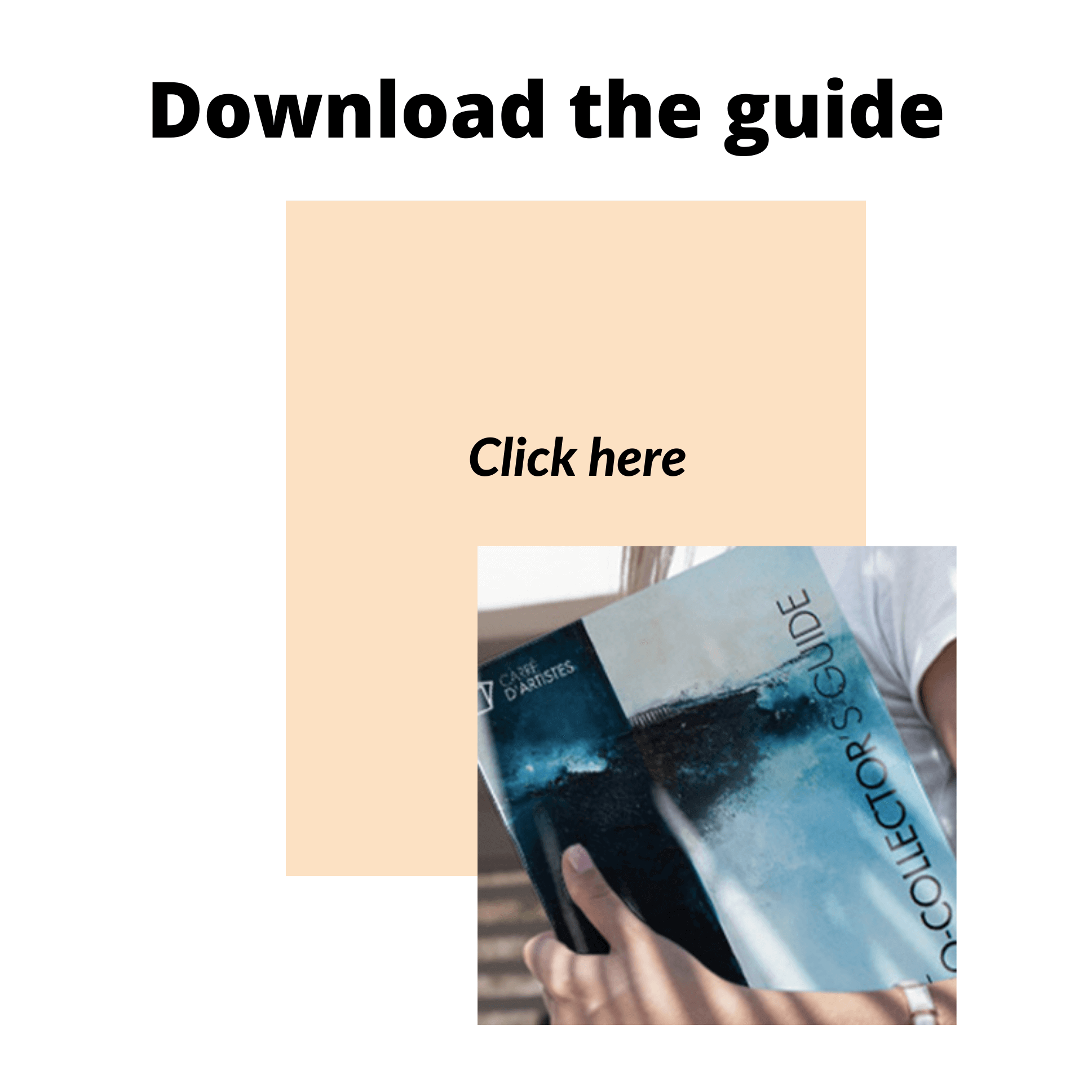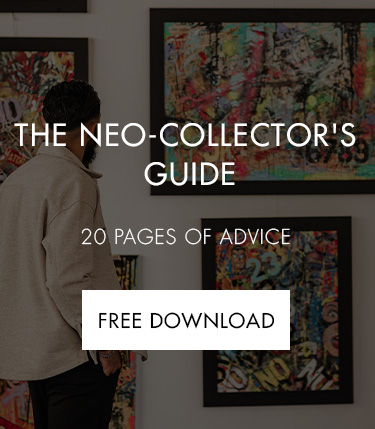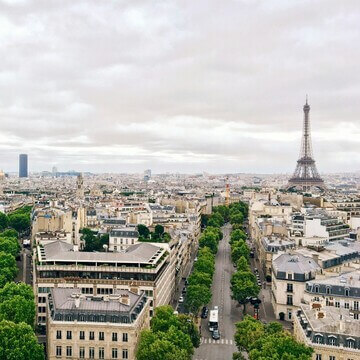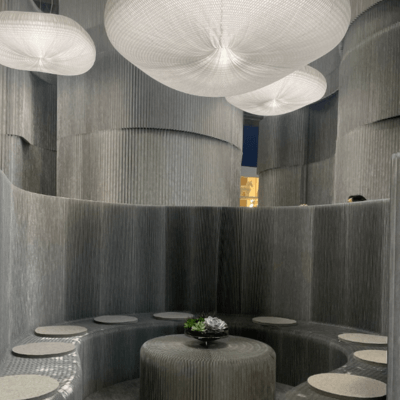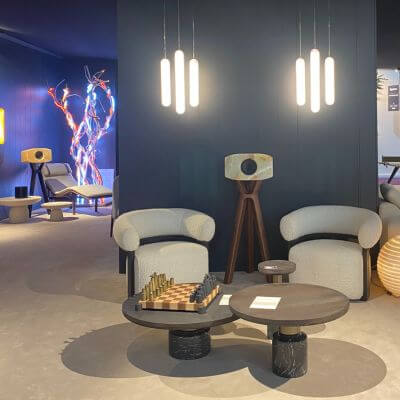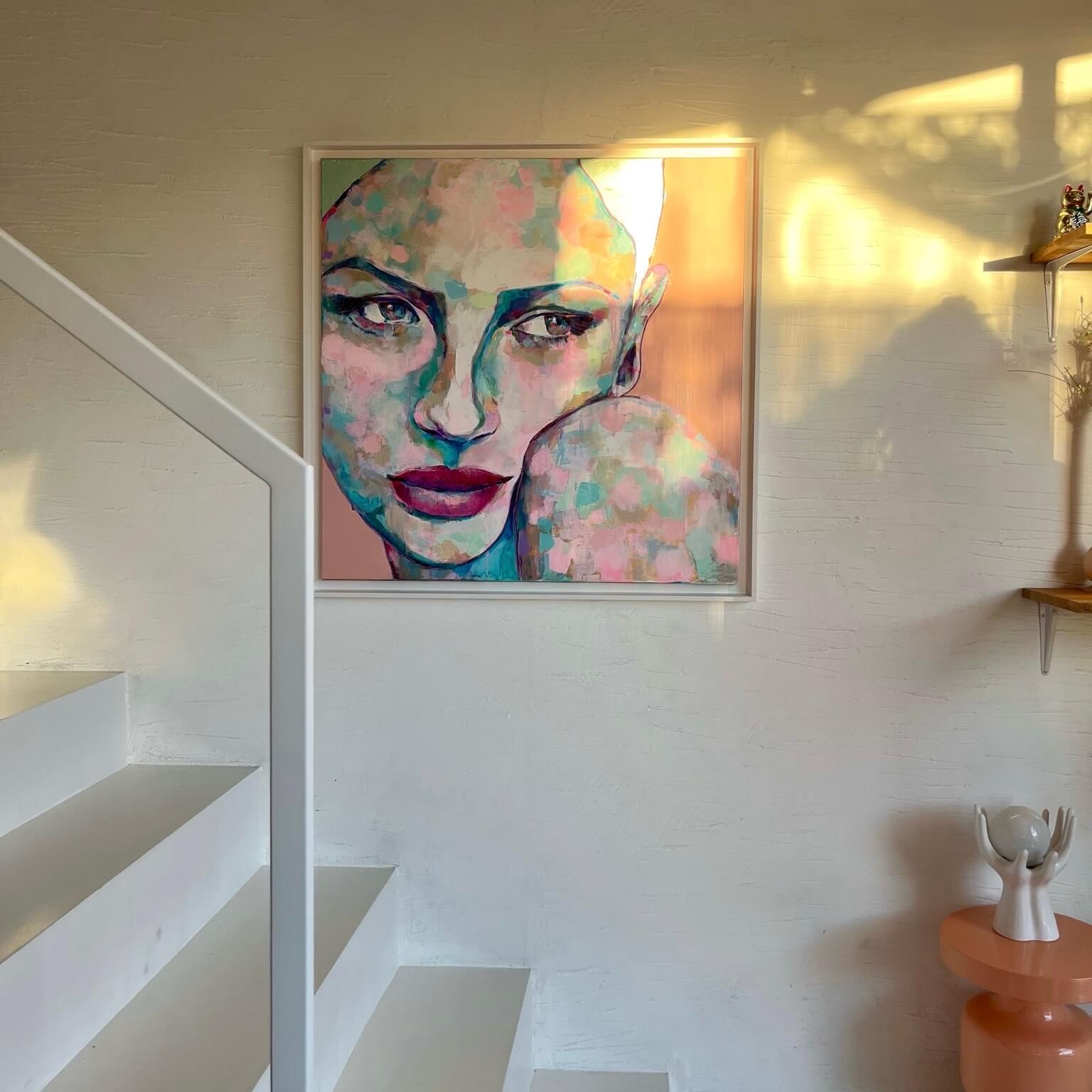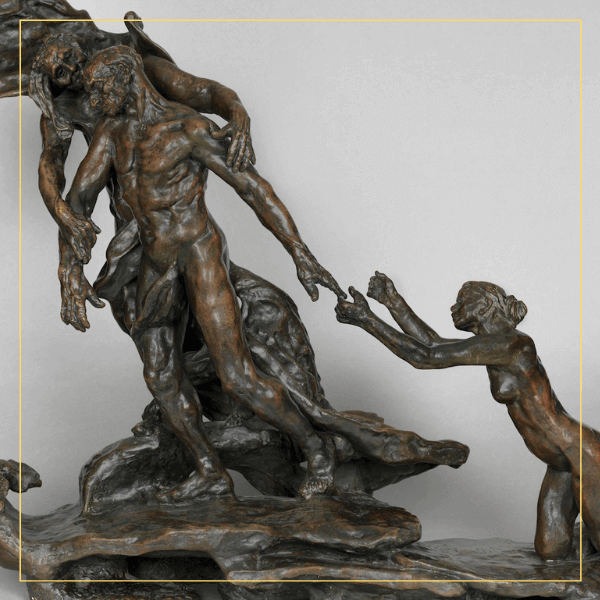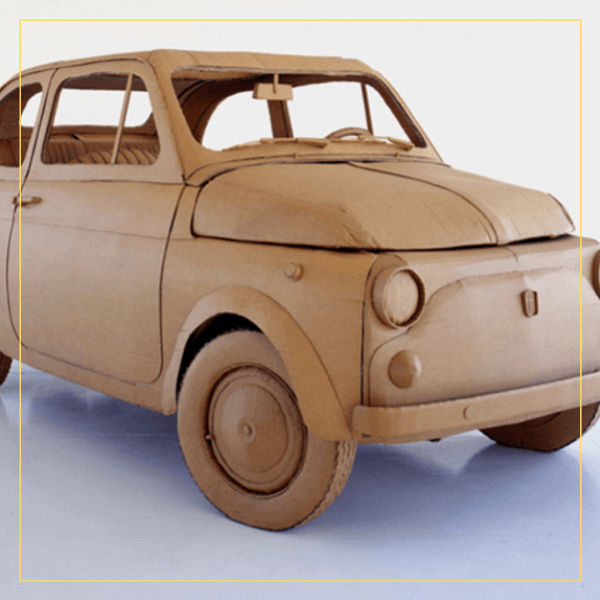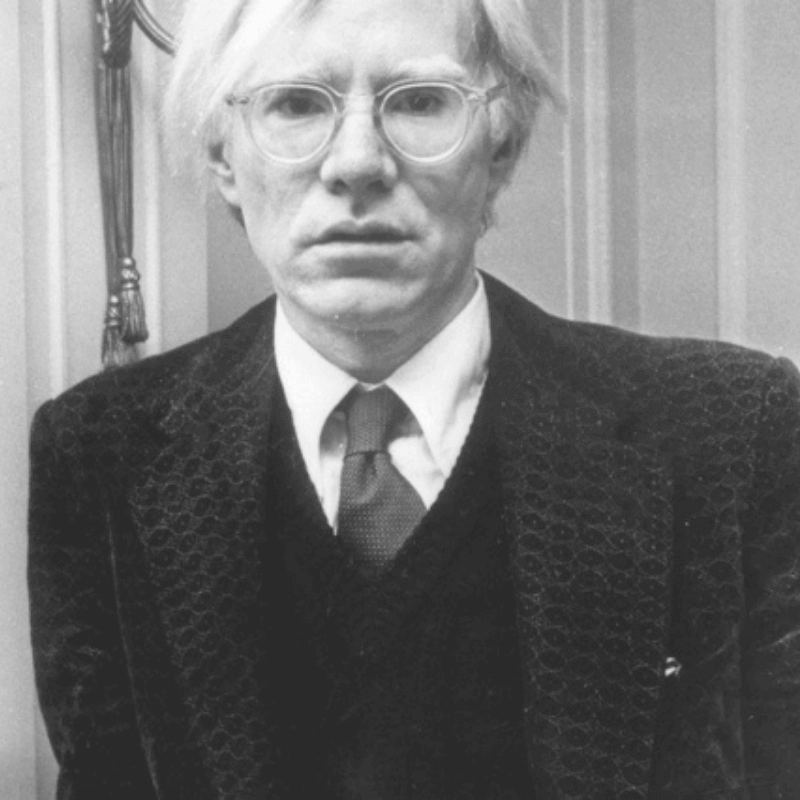Suprematism and nothing else
- 07/05/2021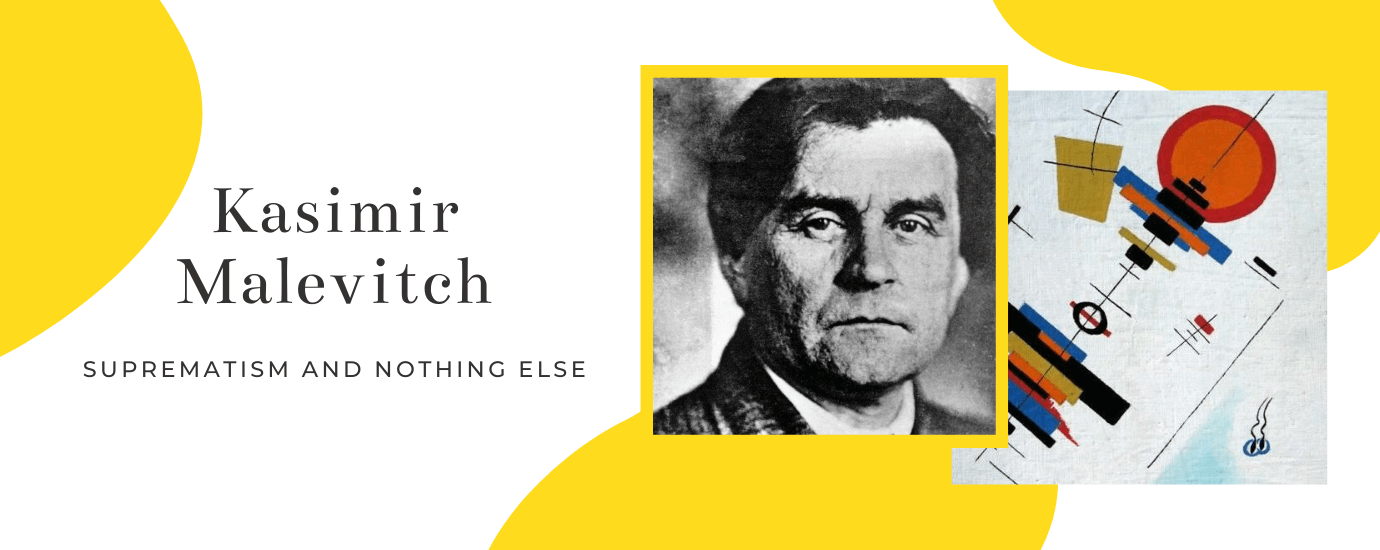
The libretto of this piece is written by the poet Alexei Kroutchenykh (1886-1968), who is considered as one of the most radical writers of Russian futurism, while the sets and costumes are created by Kasimir Malevich (1878- 1935).
If the public disliked the musical composition perceived as a cacophony as well as the libretto seen too absurd, the work of Malevitch was a massive success.
If painting is often an important source of influence for theatre, it is extremely rare that a theatrical play influences painting.
This is exactly what happened for Malevich as the Cubist décor with abstract forms (cone or spiral), papier-mâché costumes or even blinding light inspired the artist who initiated the suprematism movement.
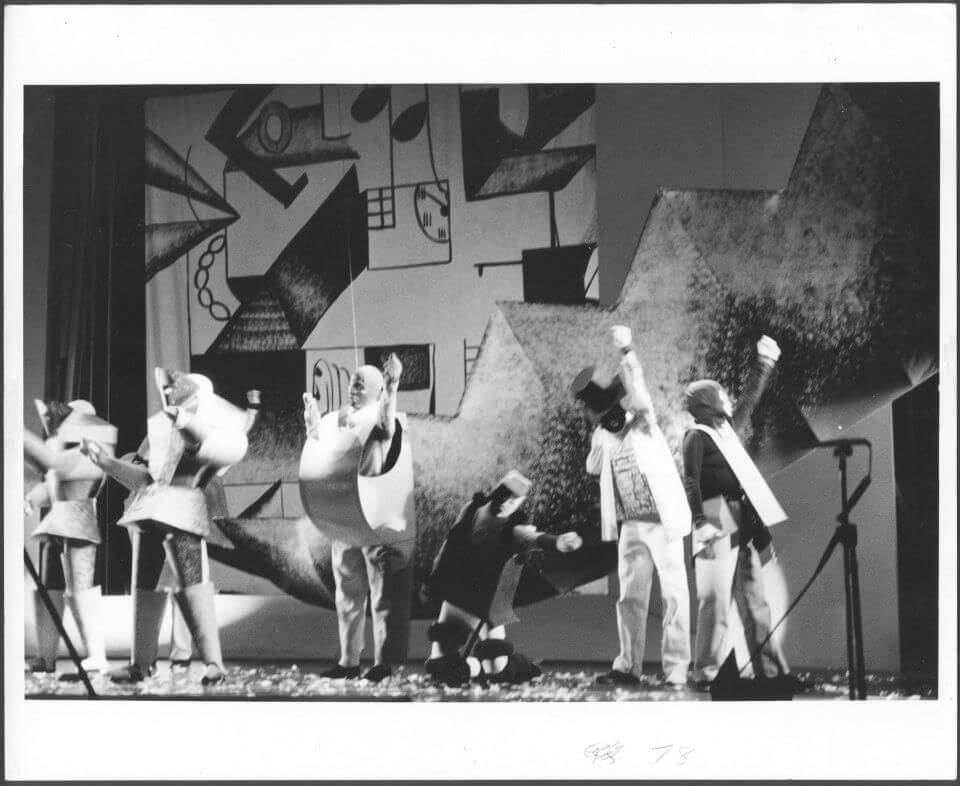
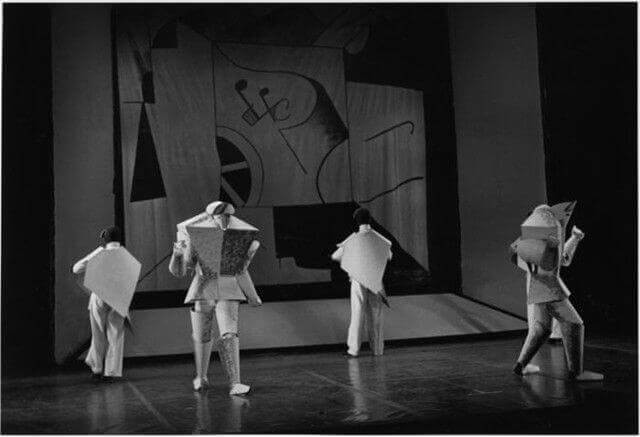
EXHIBITION 0.10 AND BLACK SQUARE
After receiving a formation as a technical draftsman in Moscow where he worked in railway companies, he developed a self-taught plastic work by experimenting ten different styles:
realism, impressionism, symbolism, Cezannism, fauvism, neo-primitivism, cubism and so on.
While collaborating with poets, musicians and various other artists, Kasimir Malevitch was chosen in 1913 to work on the costumes and decors of the futuristic opera Victory over the Sun.
It is, as the artist says, "the birth of Suprematism".
If people had to wait until 1915 with the Petrograd's collective Exposition 0.10 to contemplate the first pictorial paintings called suprematist, it was indeed the scenery of the play that inspired the black square in the work of the painter.
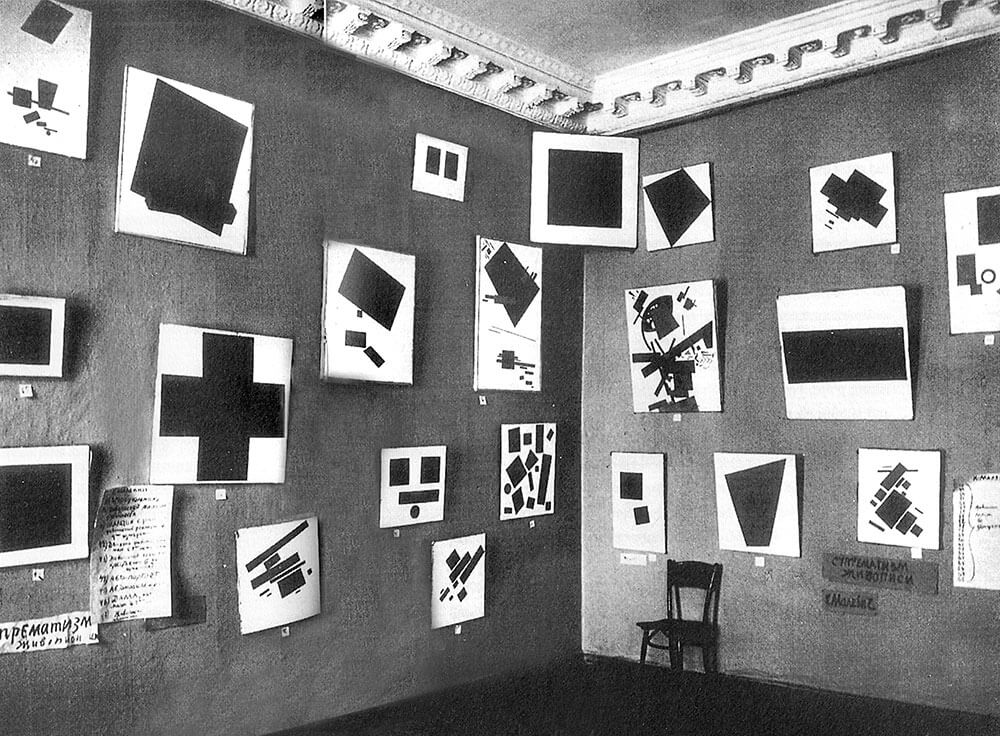
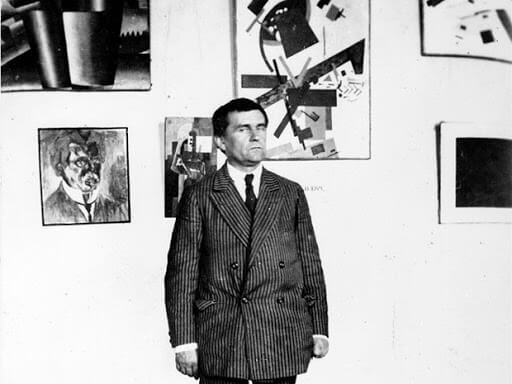
This exhibition is the tipping point of this new artistic school called Suprematism, although none of the paintings on display explicitly mentions it.
Alongside thirteen other artists, such as Jean Pougny or Ivan Klioune, Kasimir Malevitch exhibits 39 paintings created during the summer of 1915 and announces the elimination of the reference to the object by opening the way to the infinite multitude of meanings.
Among the crosses and other geometric forms, he presents the Quadrangle, also known as the Black square on a white ground.
Its content and the height it is hanged, in the corner of the room known as the "beautiful corner", is seen as a Provocation.
"After this, what should do?" one wonders in 1916, considering through this square that the act of painting was dead.
For Kasimir Malevitch, on the contrary, the Black Square on a white ground is not an end point but the beginning of a new pictorial adventure that will lead painting to pure sensation.
ELEMENTS OF SUPREMATISM
As Malevich points out in his artistic-historical journey, Suprematism has known "three degrees":
black, color and white.
If the black period defined the bases of suprematism since 1915, colors and then white allowed Malevitch to immerse himself into the most absolute abstraction.
The painting is freed from any representation and the color is only used for itself.
The will is clear:
one must feel the painting only for what it is and nothing else.
Considered as a pure pictorial sensation, far from the abstract art of the beginnings, the image is no more than a colored surface, autonomous, detached from its environment and disconnected from external reality.
As the compositions and colors become more and more purified, Malevitch who seeks "zero degree of painting" reaches then pushes the limits of abstraction in 1918 presenting the White Square on a white background.
On this canvas, two whites are distinguishable, but it is considered as the first monochrome in history.
No concrete element allows the viewer to be connected with the real, but for Malevich the work nevertheless has a fourth dimension in which time and space are merged.
The observation of the painting White Square on a white ground should bring nothing but pure emotion.
The white color is to be seen as a kind of infinite space:
"I pierced the blue shade of colorful limitations, I went out into the white, sail with me, comrades aviators, into the abyss, Have established the semaphores of Suprematism. [...] Vogue! The white free abyss, the infinite are before you."
By releasing color and looking for pictorial purity devoid of any concrete meaning, Malevich opened the door to monochromes.
His works on color will be pursued by Piet Mondrian, Mark Rothko, Yves Klein and many other artists through various channels such as monochrome on canvas or pure pigments directly on the ground.
SERGE RAT, THE WHITE AS IMAGINATION
Serge Rat has been passionate by art since his childhood.
The white canvas is his favorite space of expression and the color is added when he discovers pastel.
After numerous exhibitions in the early 1990s thanks to the National Association of French Artists, he collaborated with various international galleries: in Luxembourg, Germany and Spain.
Witness to the world around him, Serge describes a society in motion, in which each individual retains his uniqueness and secrets.
Roads of life intersect in his works.
Links are made or unmade.
The gray silhouettes on his canvases stand out to explode the density of existences, while all around, white amplifies the mystery of the different paths of life.
The eye lingers on each of the characters.
After a long journey in the world of pastel, the painter explores other sectors until he finds his material, acrylic.
This allows him to undertake his works with greater freedom.
An explorer of techniques, his gesture evolves, but his thought remains faithful to his first source of inspiration:
the encounter of beings in their desire to exist.
THE NEO-COLLECTOR'S GUIDE
Everything you always wanted to know about the art market but were afraid to ask!
The art market often appears to be a domain reserved for a privileged few...
This is not true: accessible to all, the art market is only waiting for its new collectors.
For those who still have a doubt :
Here are the answers to the questions commonly asked!
What is a work of art?
What is the purpose of art?
What is the purpose of a certificate of authenticity?
What should you look out for when buying a work of art?

